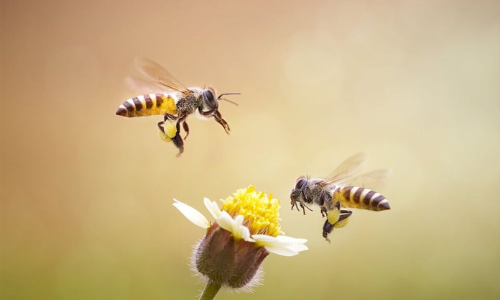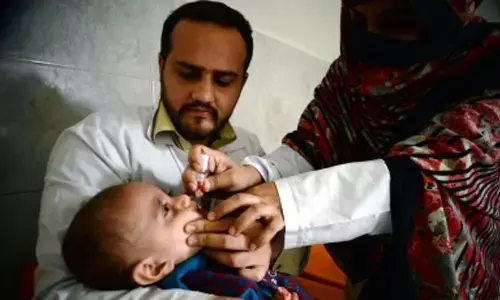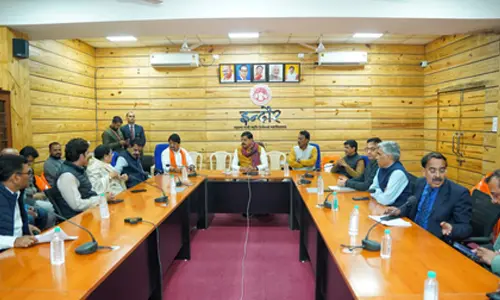Bee memory experiment

Have you ever wondered how bees and butterflies know where to find good feeding spots These insects dont have sharp vision, but they see polarized light which tells them direction based on where the sun is and patterns of ultraviolet light on brightcolored flowers with lots of nectar
Have you ever wondered how bees and butterflies know where to find good feeding spots? These insects don’t have sharp vision, but they see polarized light (which tells them direction based on where the sun is) and patterns of ultraviolet light on bright-colored flowers with lots of nectar. Bees also recognize man-made patterns; sometimes beekeepers put a symbol on a new hive so their bees can remember which the right one is. Do this experiment to test how well bees recognize patterns – and see if you can fool them! You’ll need about a week to do this project, with time to check your homemade bee feeder every day.
How Insects Communicate: Insects are everywhere, as you’ve probably noticed – especially when you’re trying to have a picnic without being invaded by ants or wasps or mosquitoes! Insects account for 80% of the earth’s species, and come in astonishing varieties, from White Birdwing butterflies with 12-inch wingspans to the tiny Sri Lankan ant that measures only 1/30th of an inch. And while they may sometimes be picnic pests, insects are essential for our survival. Without honeybees, for example, a large portion of the world’s crops would not be pollinated to produce food.
Have you ever seen a swarm of ants around a piece of food? How did they know it was there? How did the ant who found it tell all its friends? There’s still a lot that entomologists (scientists who study insects) don’t know about how insects communicate, but by careful observation they’ve been able to learn quite a bit.
Insects communicate by touch, smell, sound, and sight. The most important communication they have is with members of the same species; they use different signals to find mates, give warnings about danger, and tell about food sources. They also use signals to ward off predators or attract prey. Here are some of the ways bugs ‘talk’ to each other.
What You Do: On each of the index cards, draw a simple shape with the marker. (You might draw a star, circle, cross, triangle, and square.) Make the shape big enough to cover most of the card and fill in the shape so that it’s solid black. When you’re done, stick each card inside a ziplock. This will protect it from being ruined outside. Set the bags outside in a flat, sunny spot where they won’t be disturbed. Make sure the shapes are facing up. Each one should be placed a couple feet away from the others. If you live in a windy area, use rocks or a stake to hold down the bags!
Mix up some sugar water, the “nectar” that will attract bees and other insects. (Real nectar, from flowers, is a similar sugary liquid.) Heat the water until it’s about to boil (the easiest way is to microwave it for 60-90 seconds). Then stir in the sugar until it’s dissolved. Pour the sugar water into one of the small dishes; fill the other four with plain water. Set a dish outside by each of the ziplocks. Make sure you remember which dish has the sugar water! During the next few days, keep track of what kinds of insects visit the dishes.
How many days does it take before bees find the one with sugar water? A few days after you’ve seen bees at the sugar water dish, switch cards so that the shape that was next to the sugar water is now by a dish of plain water. What happens in the next two days? Do the bees come right to the sugar water, or do they land on the dish with the card that used to be next to the sugar water? Now leave the cards where they are, but switch the sugar water dish with another dish of plain water. How do the bees respond?














